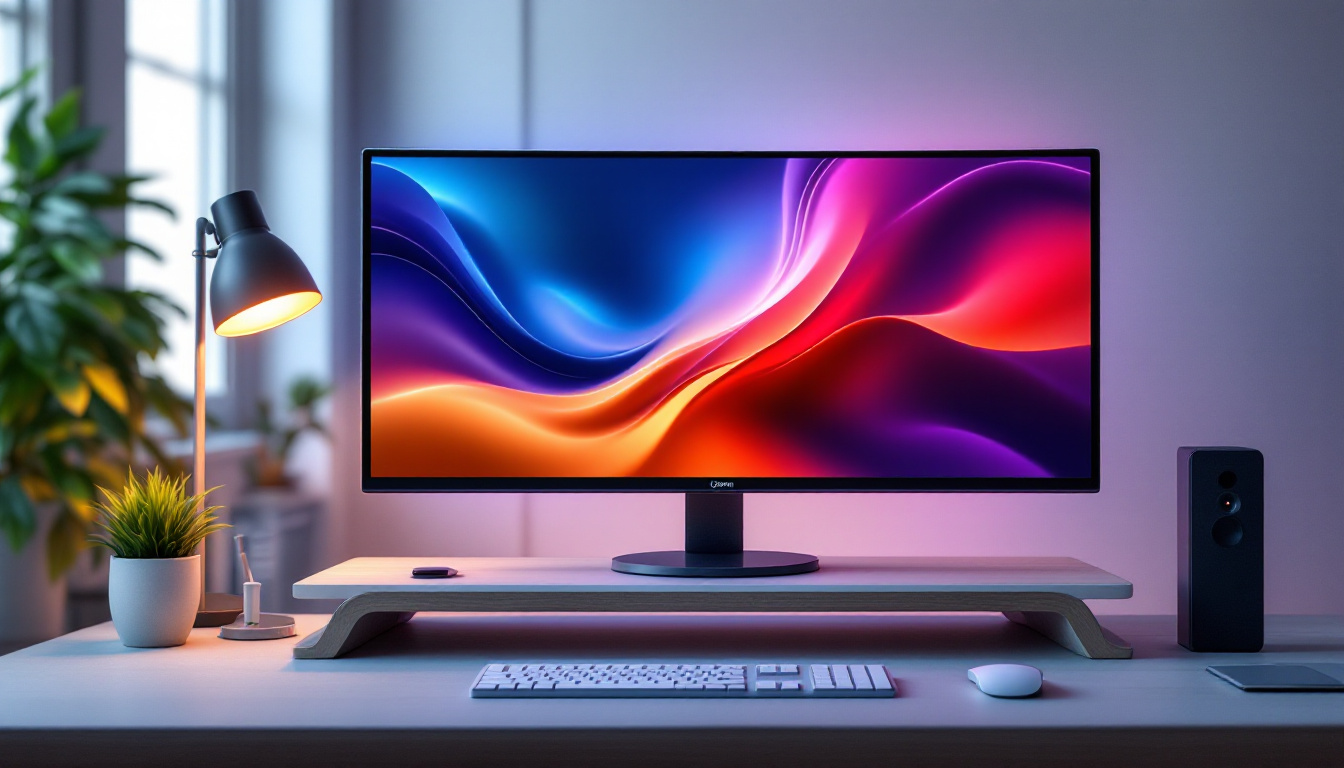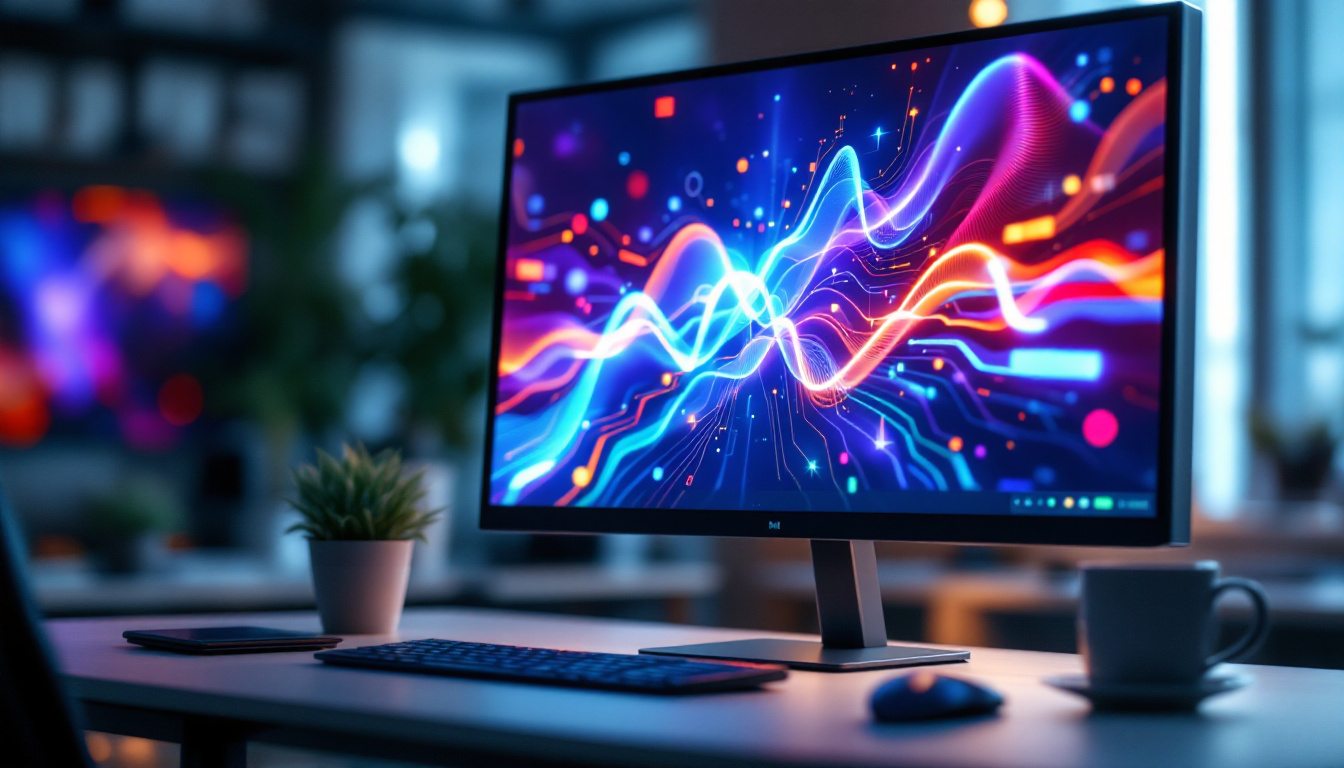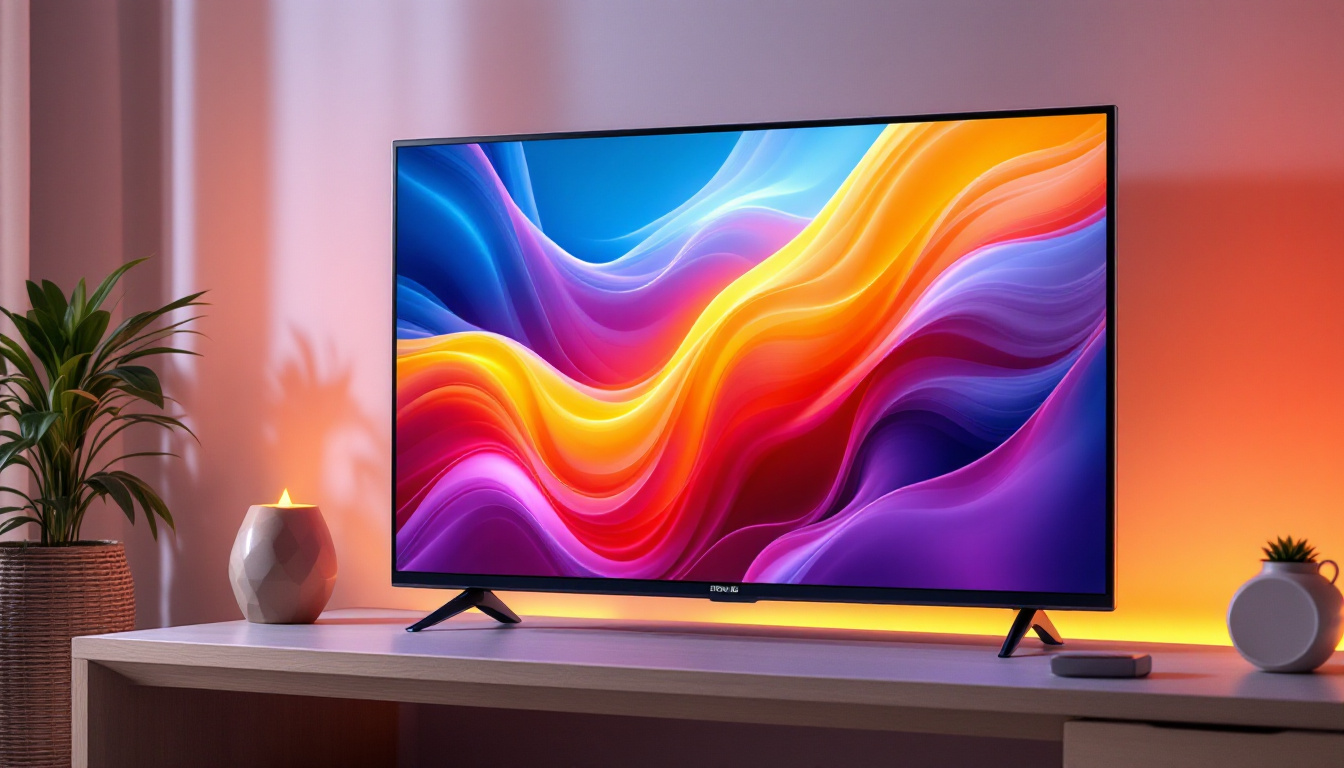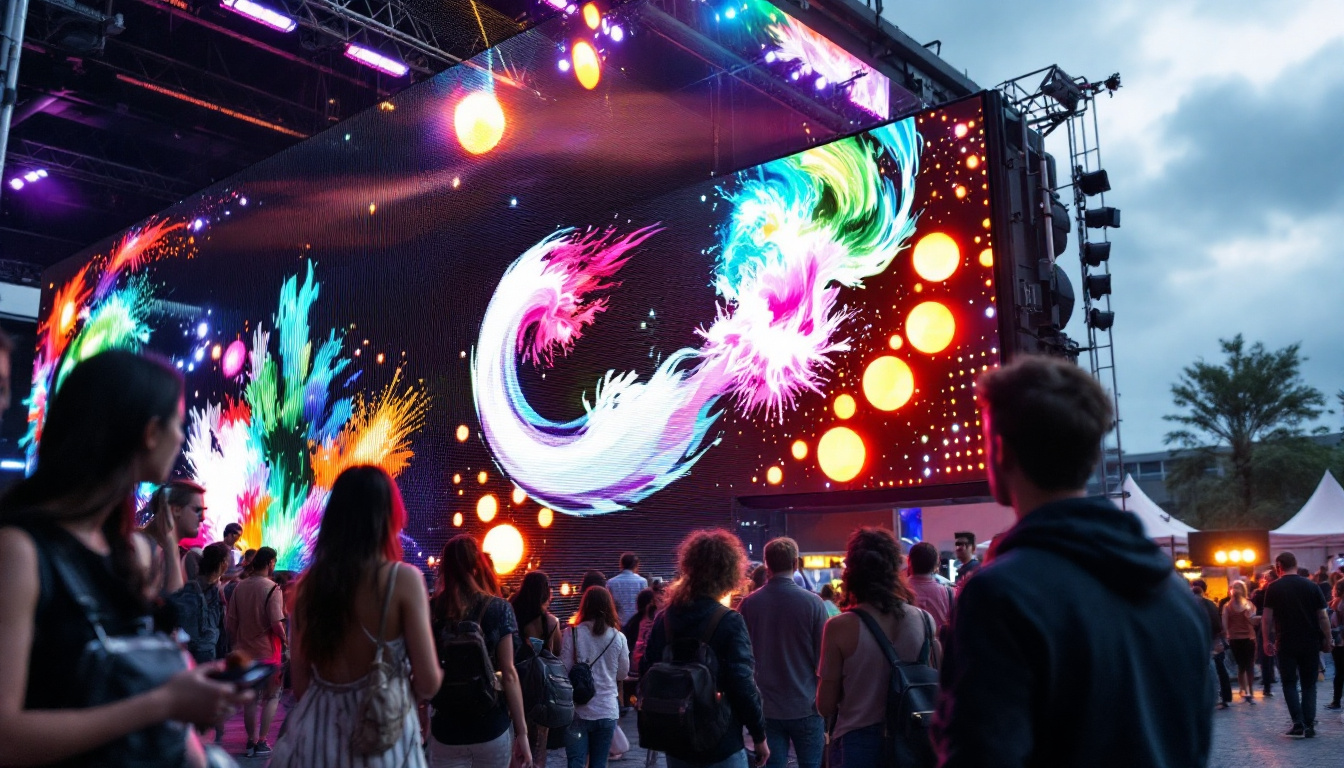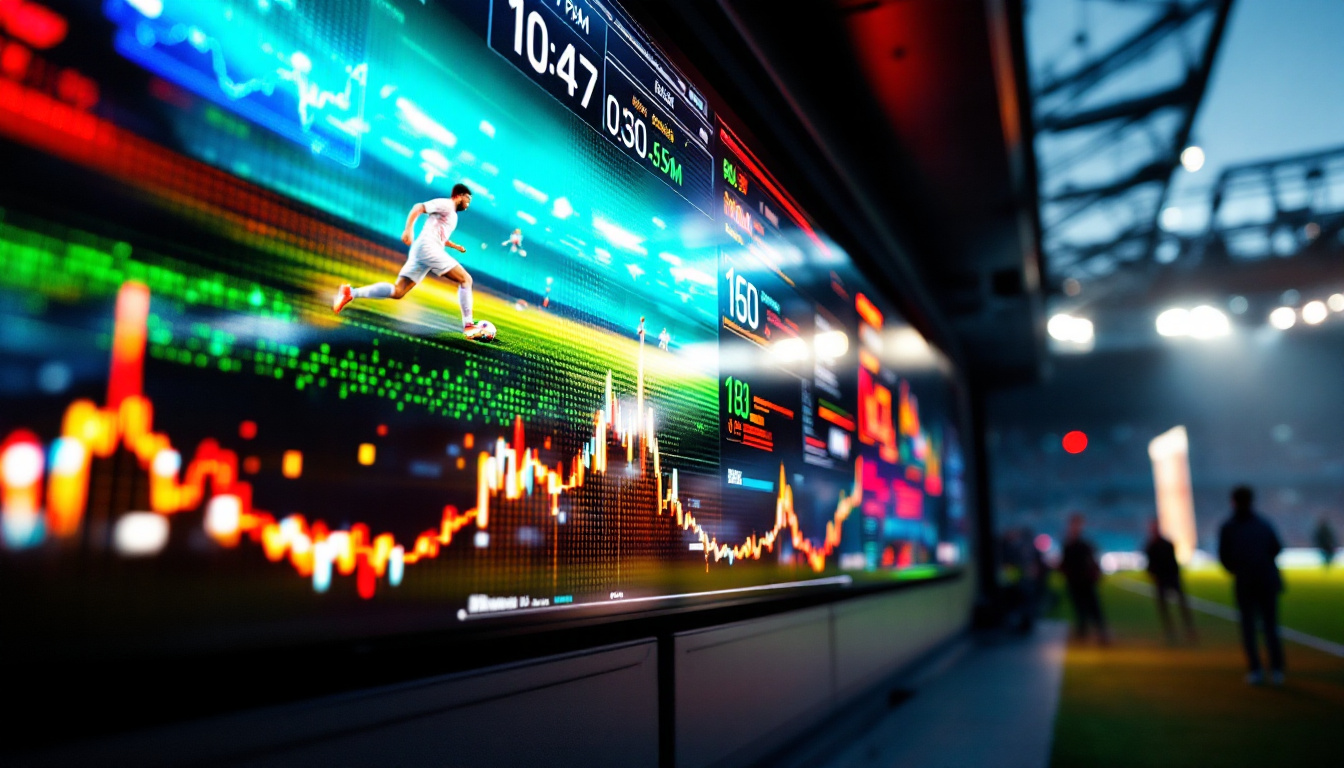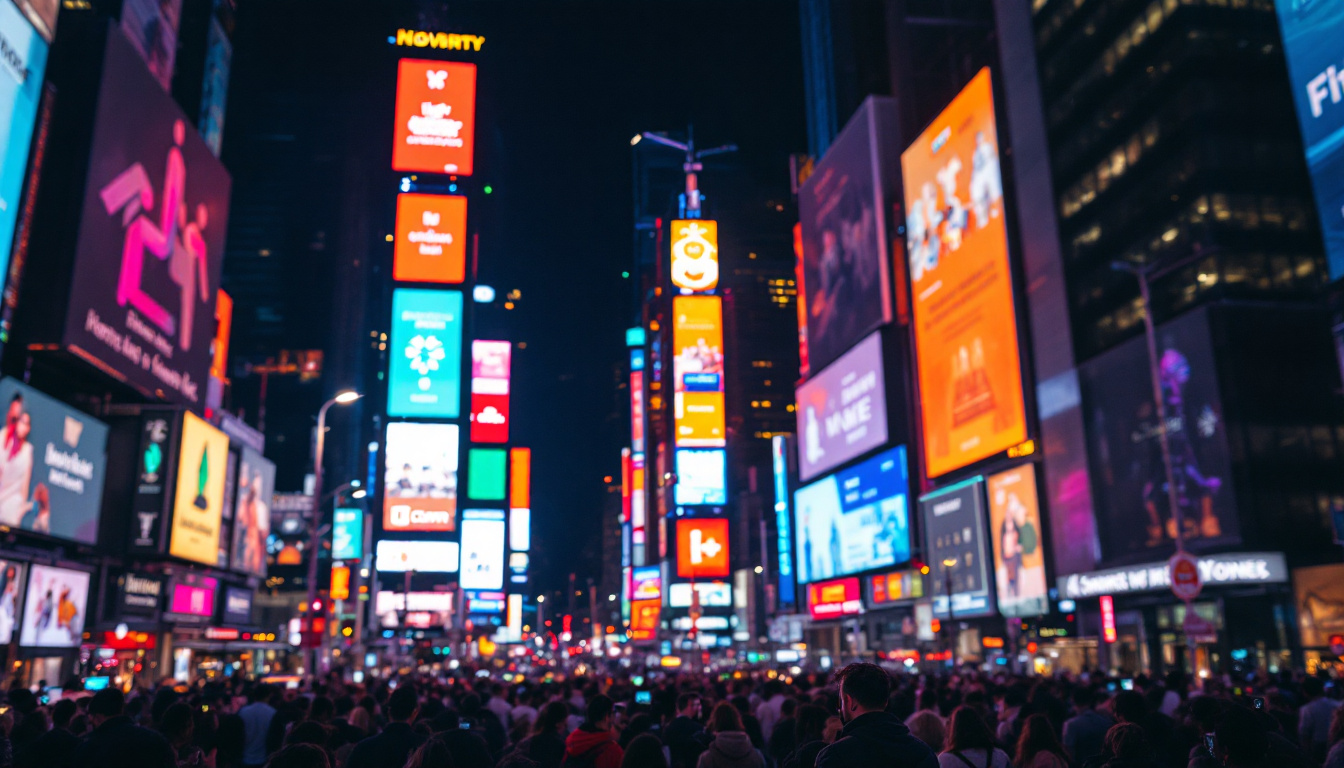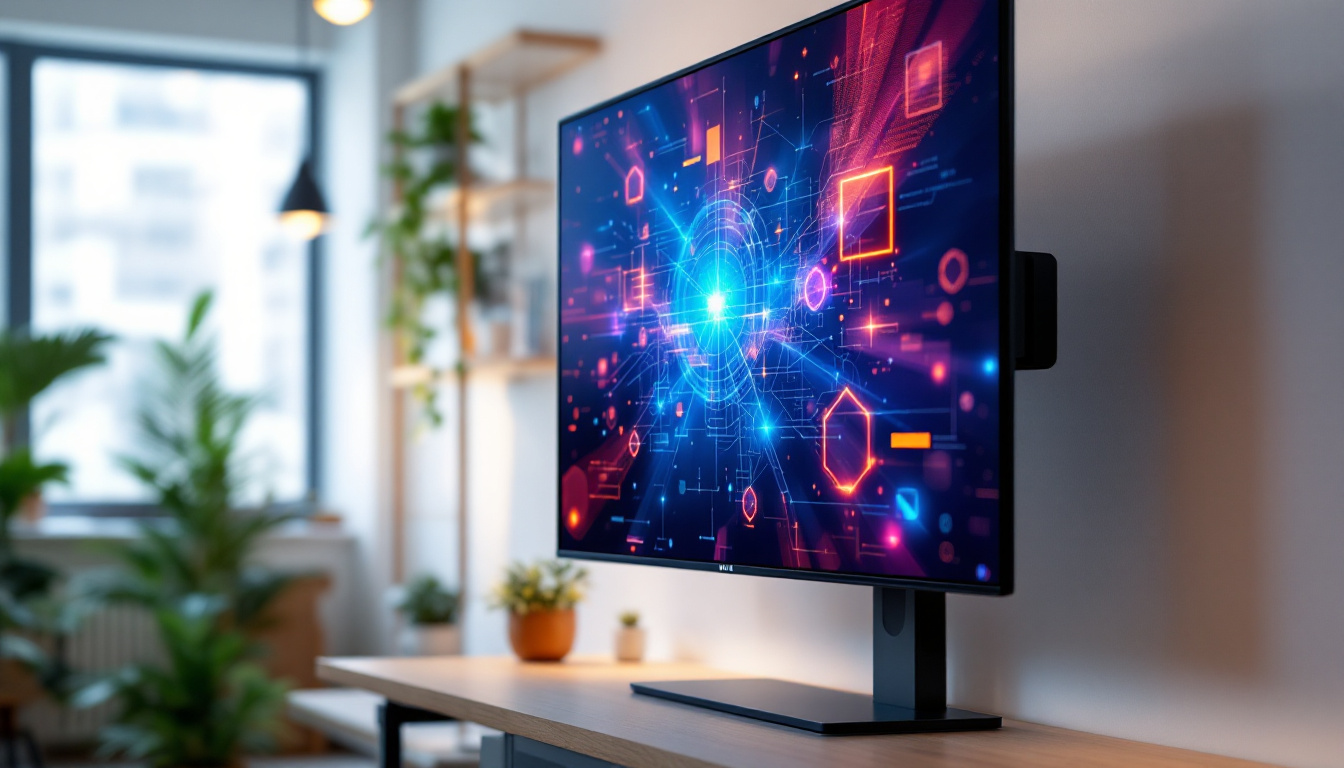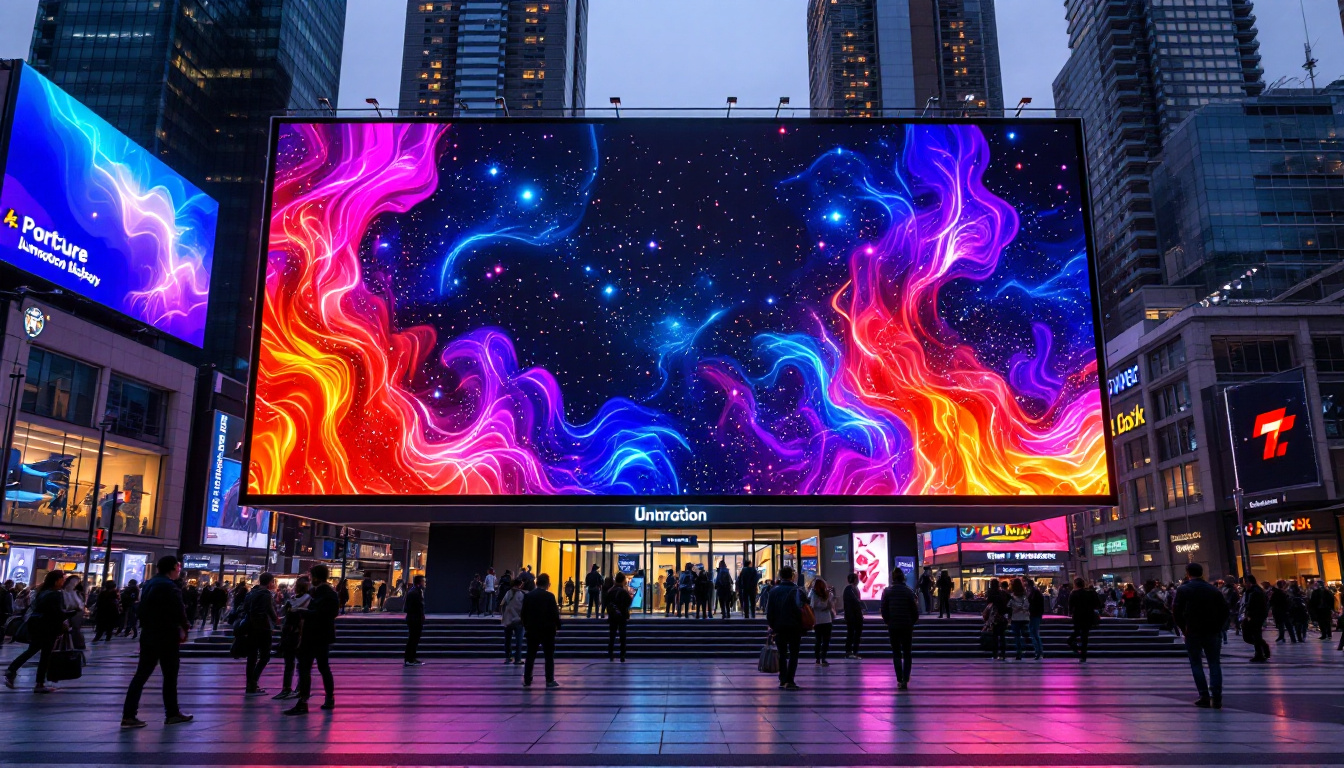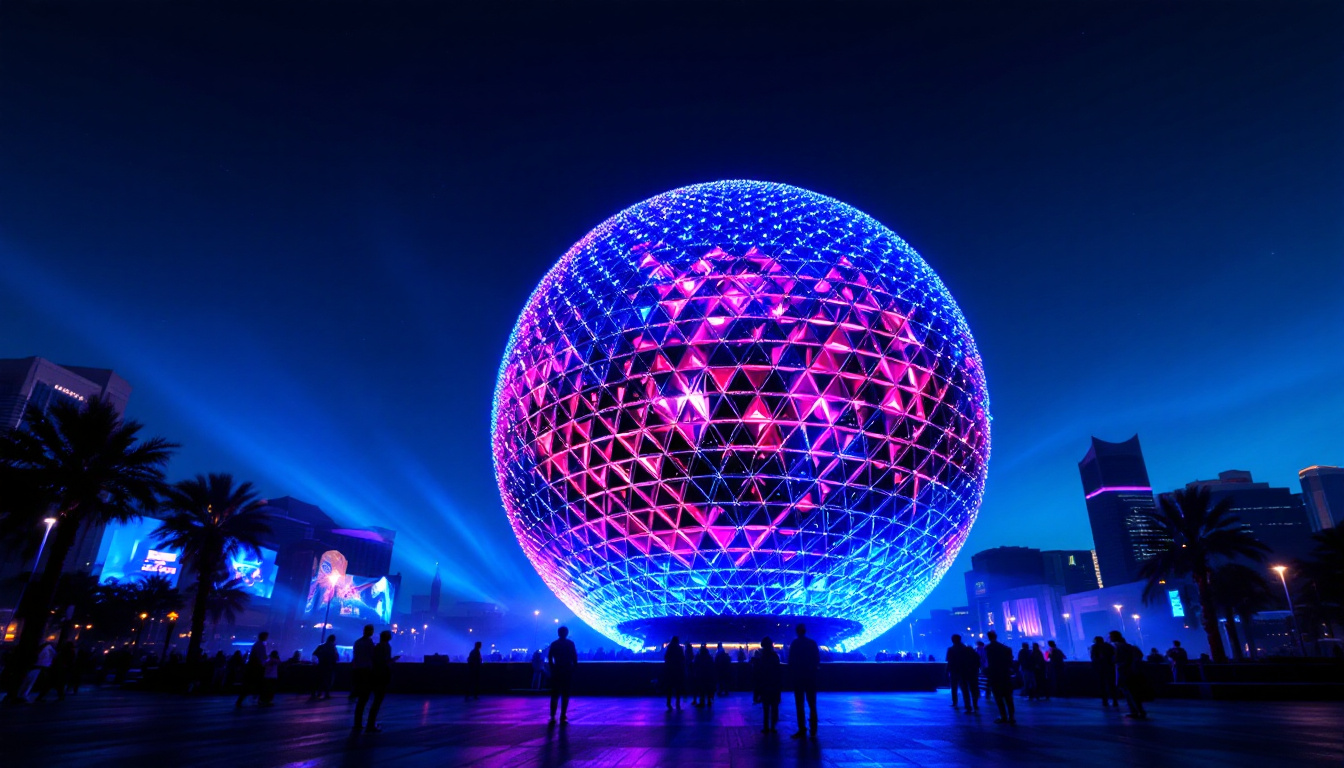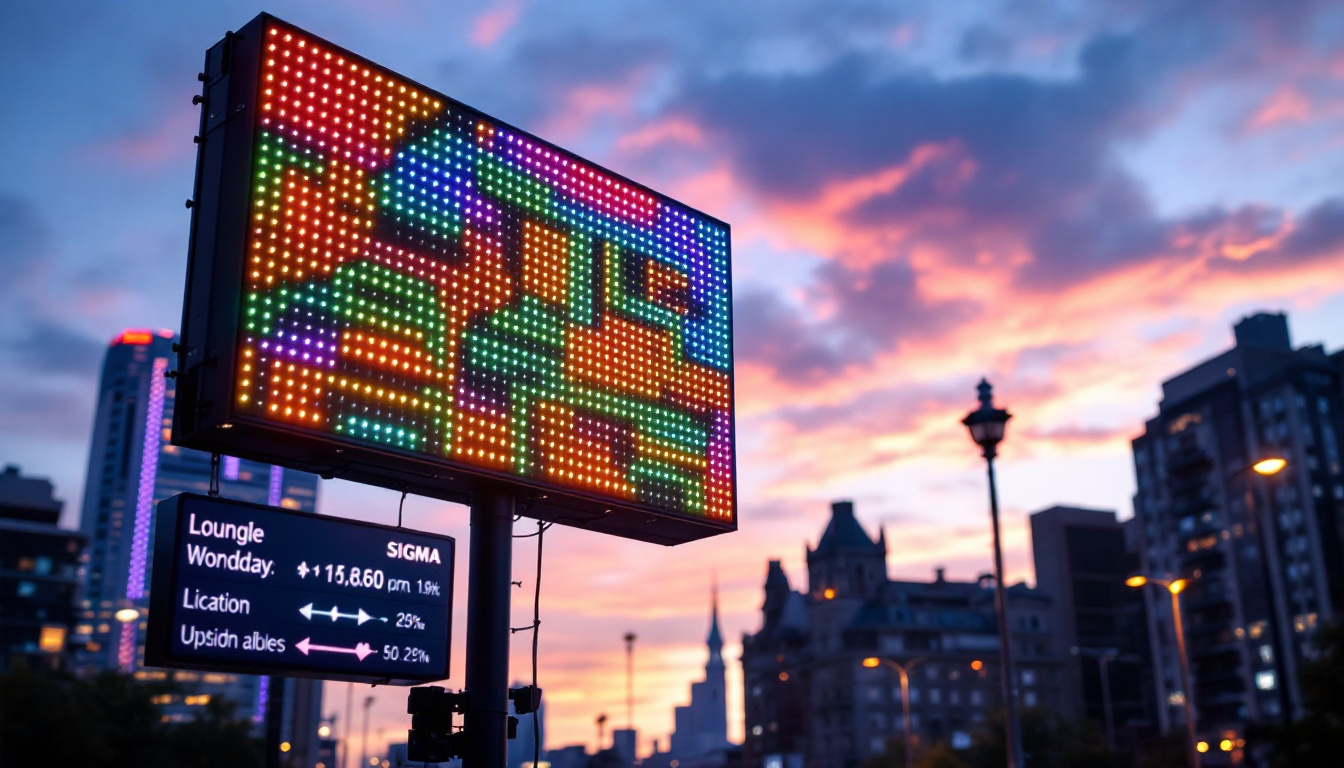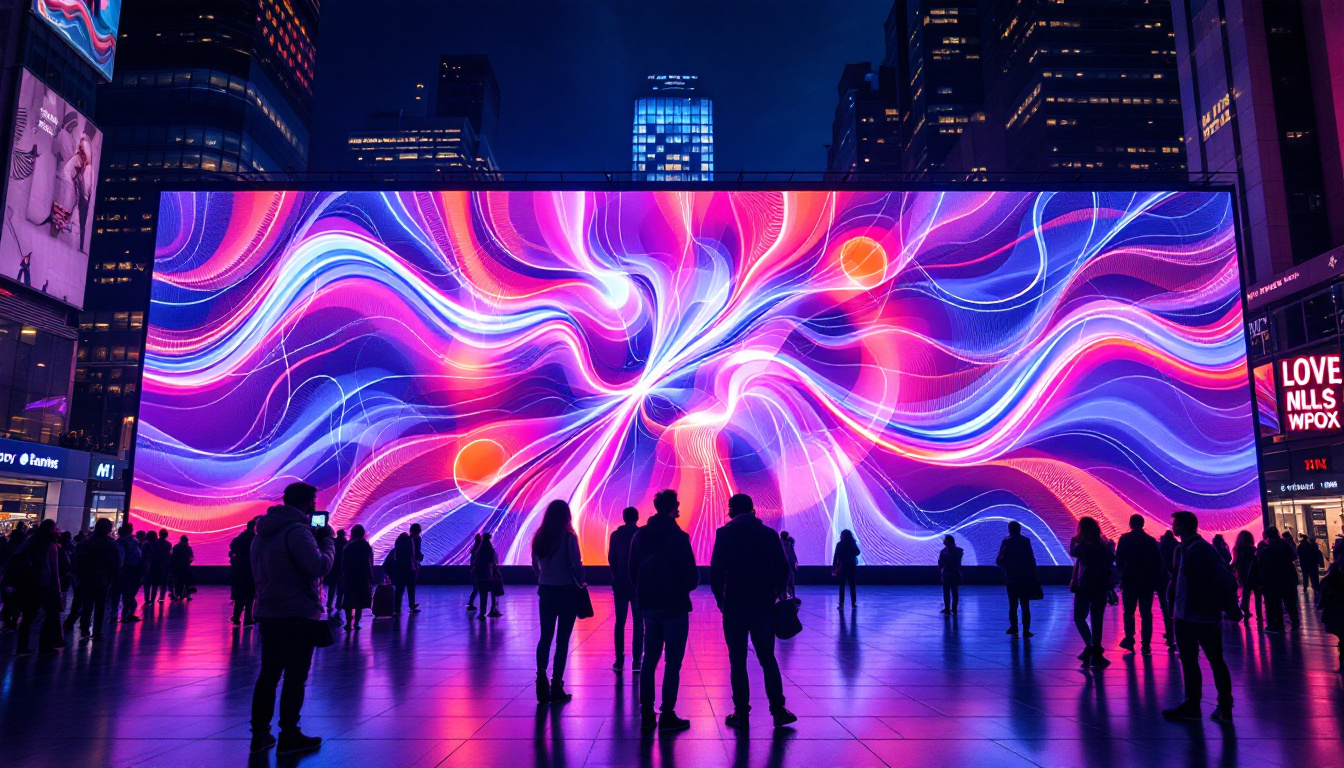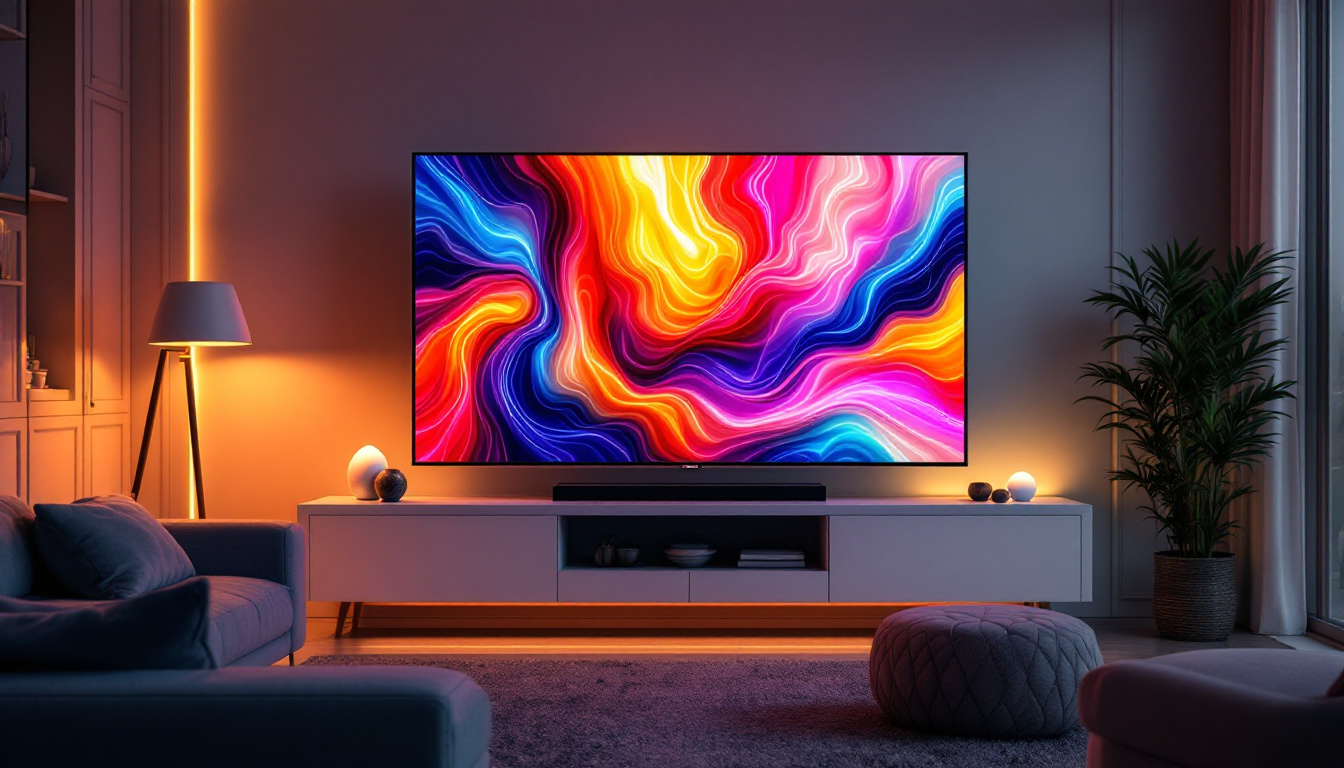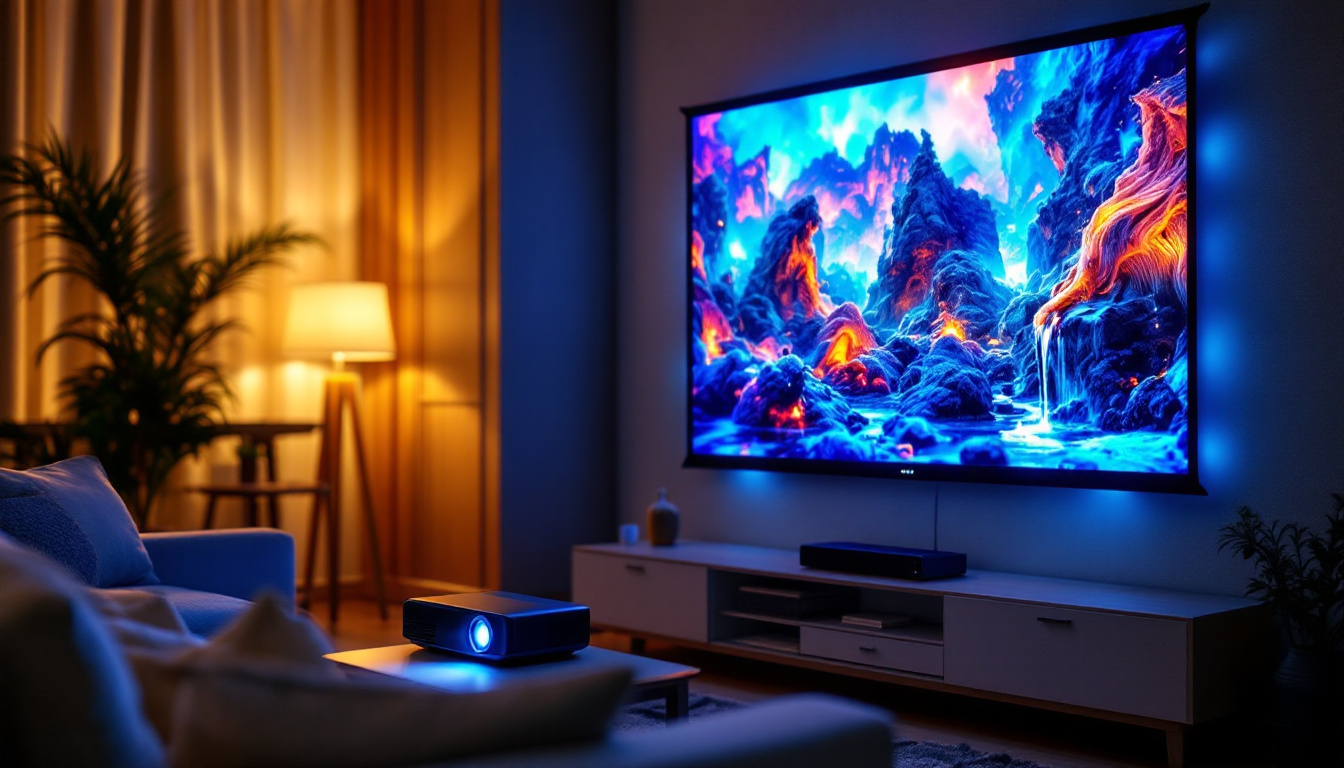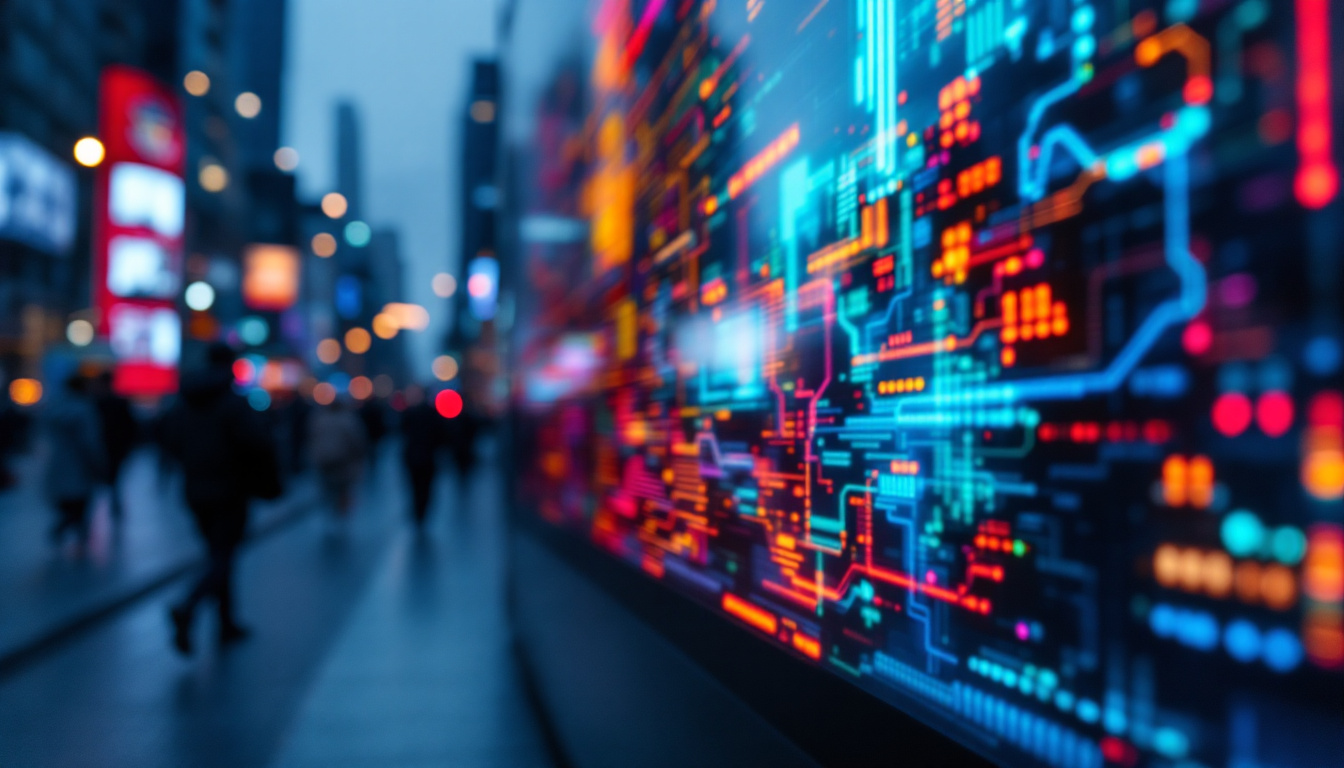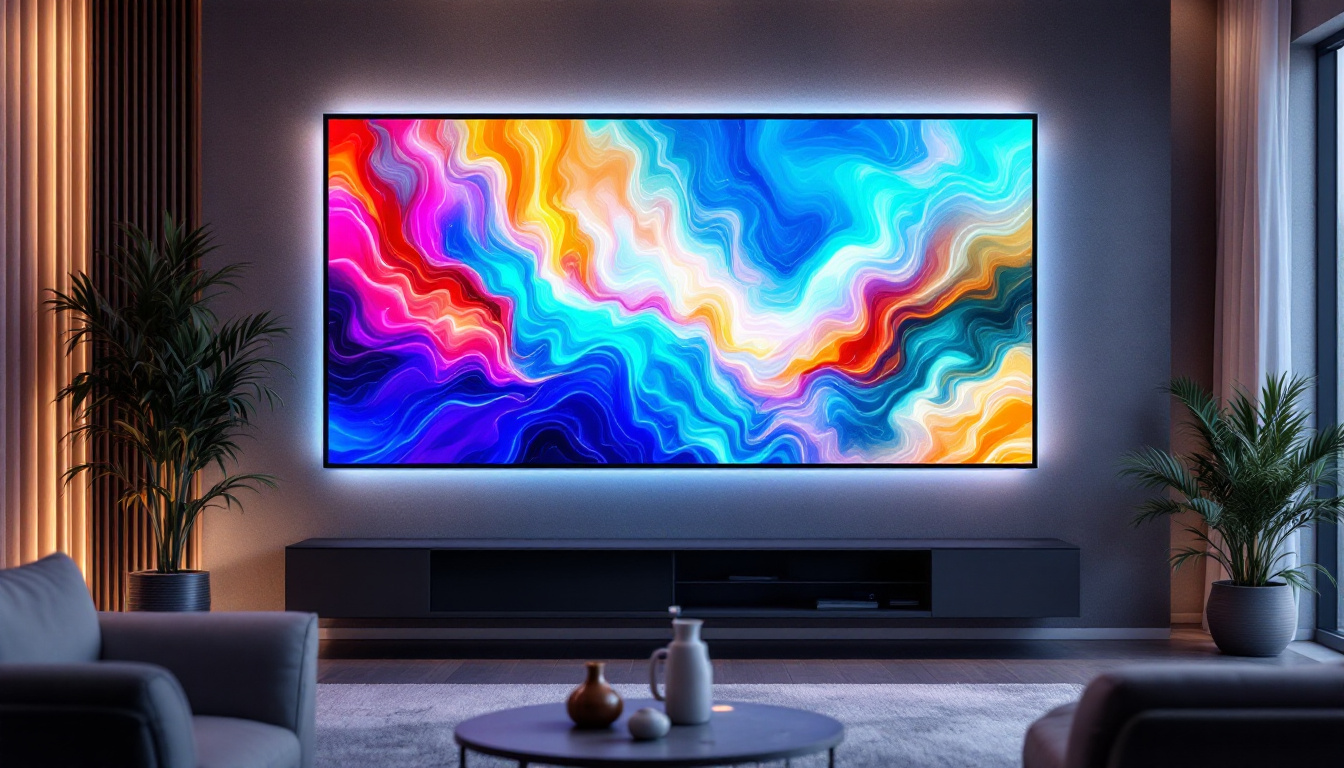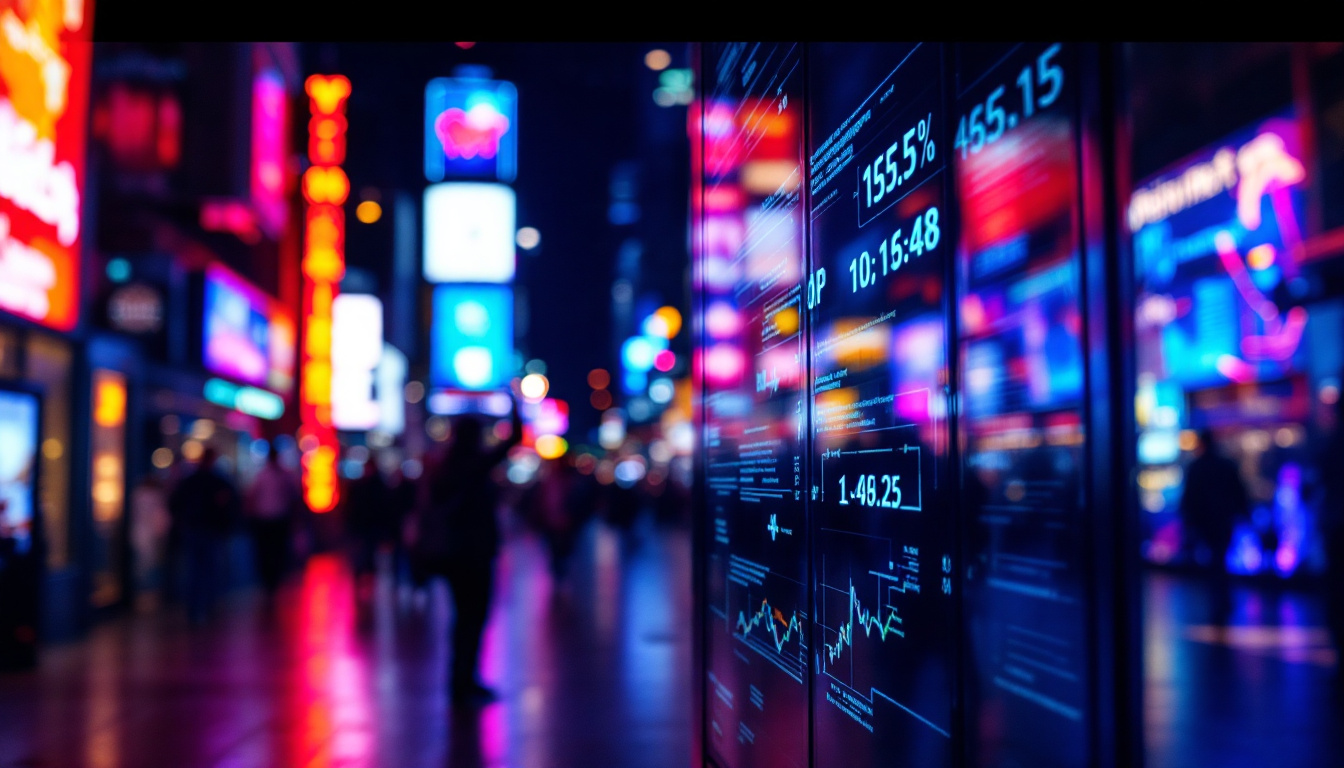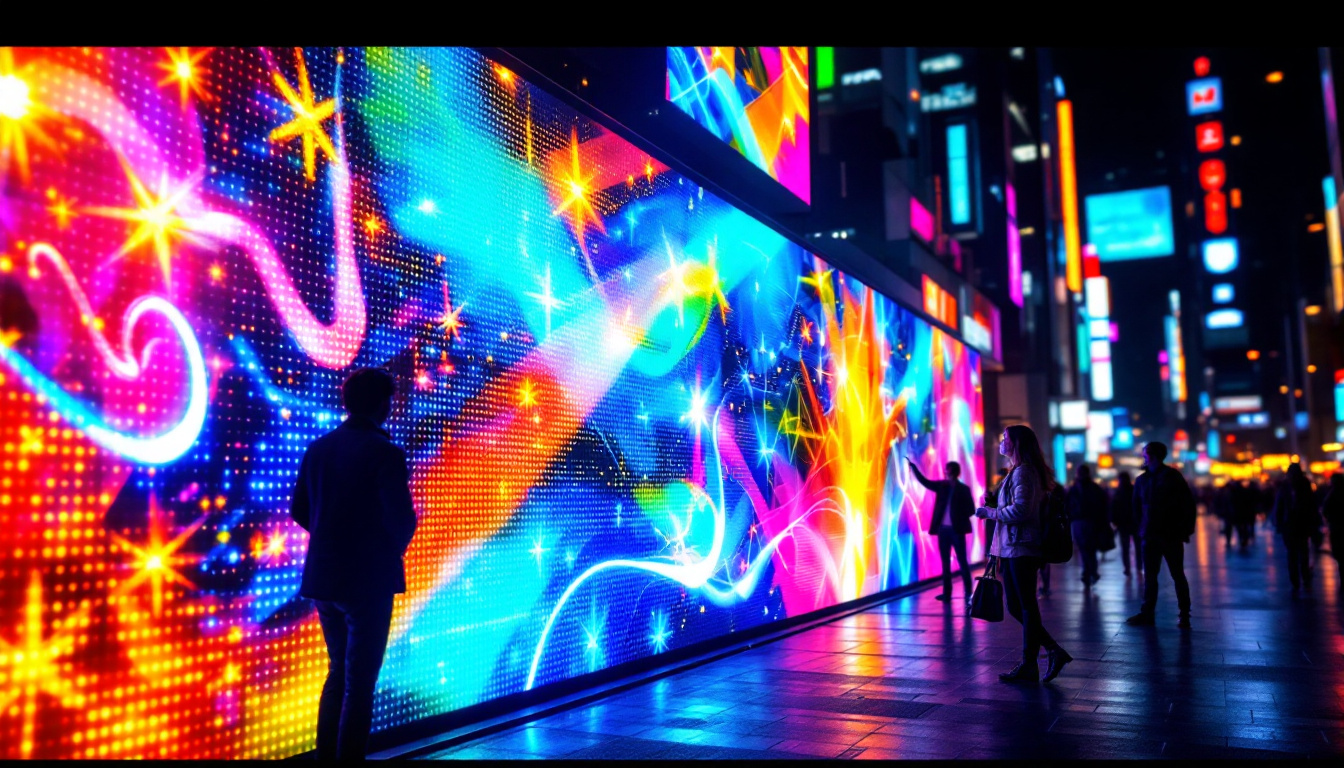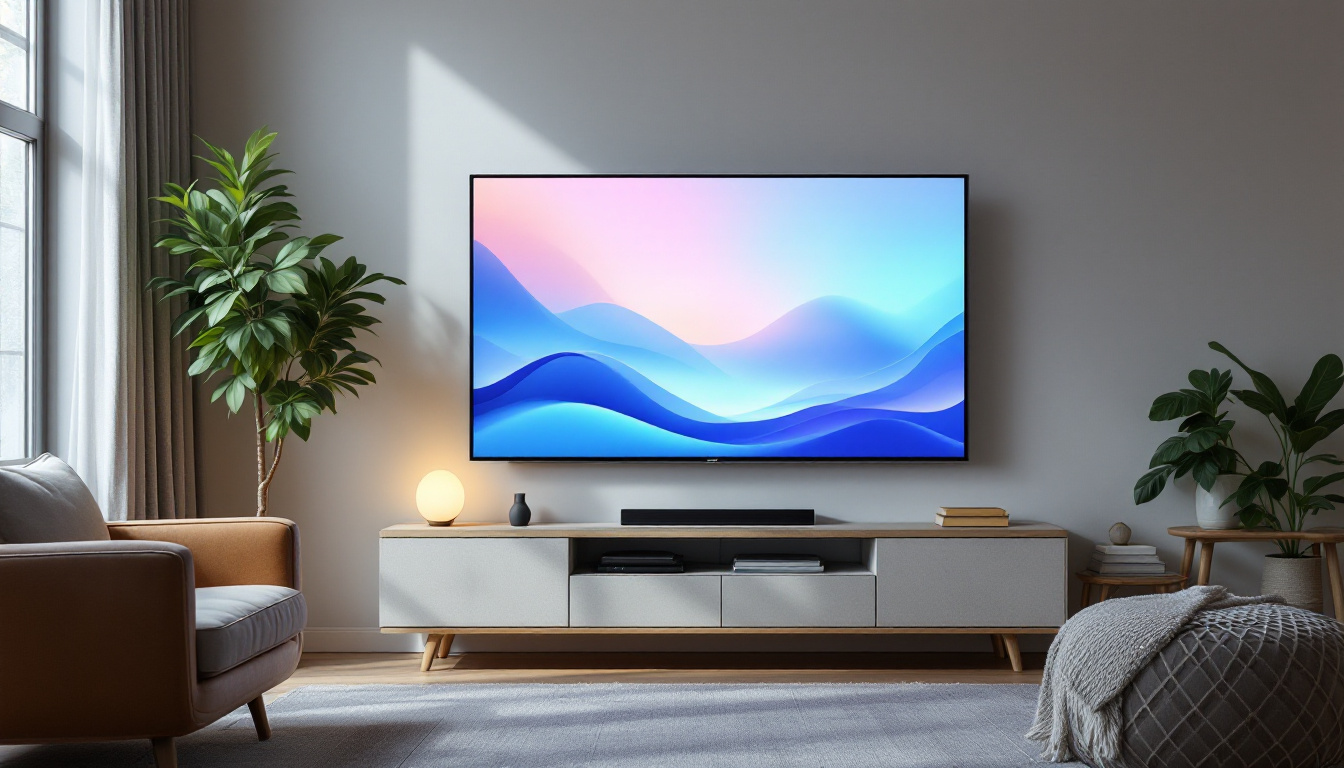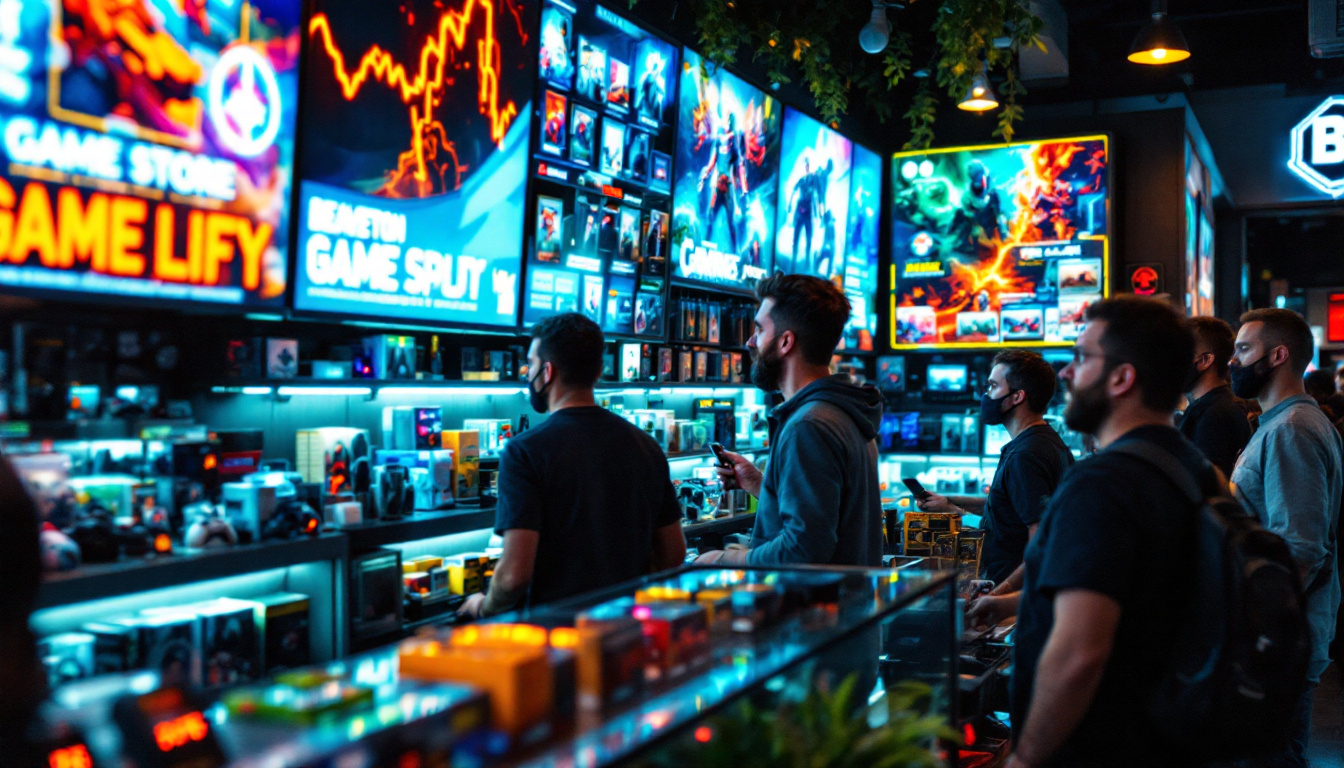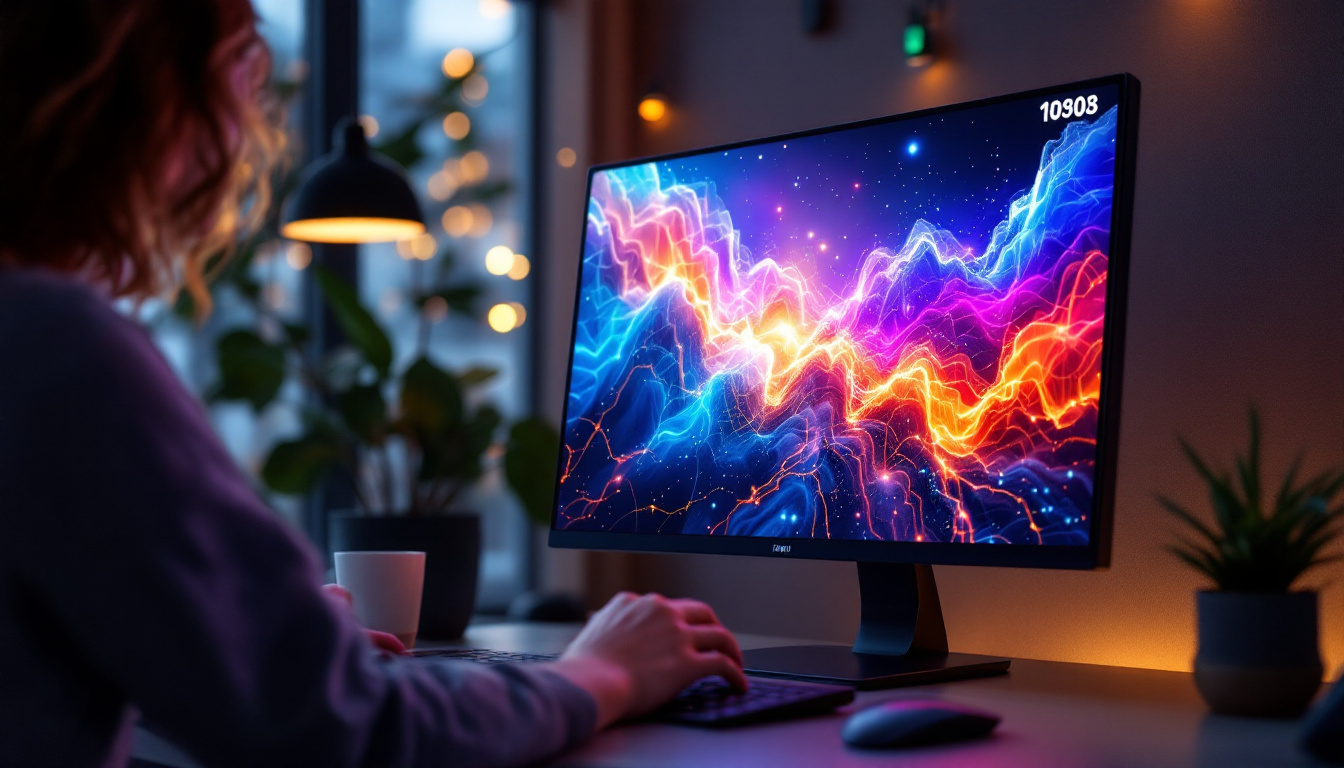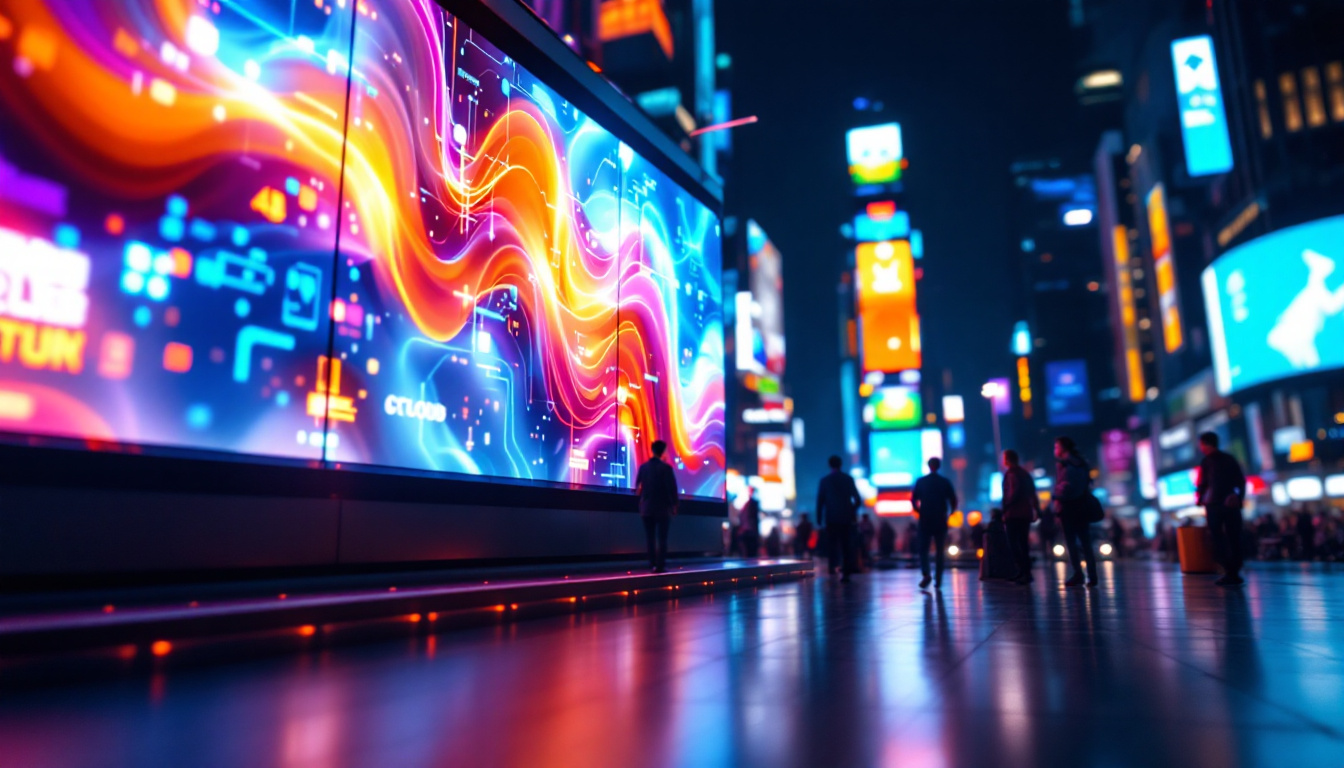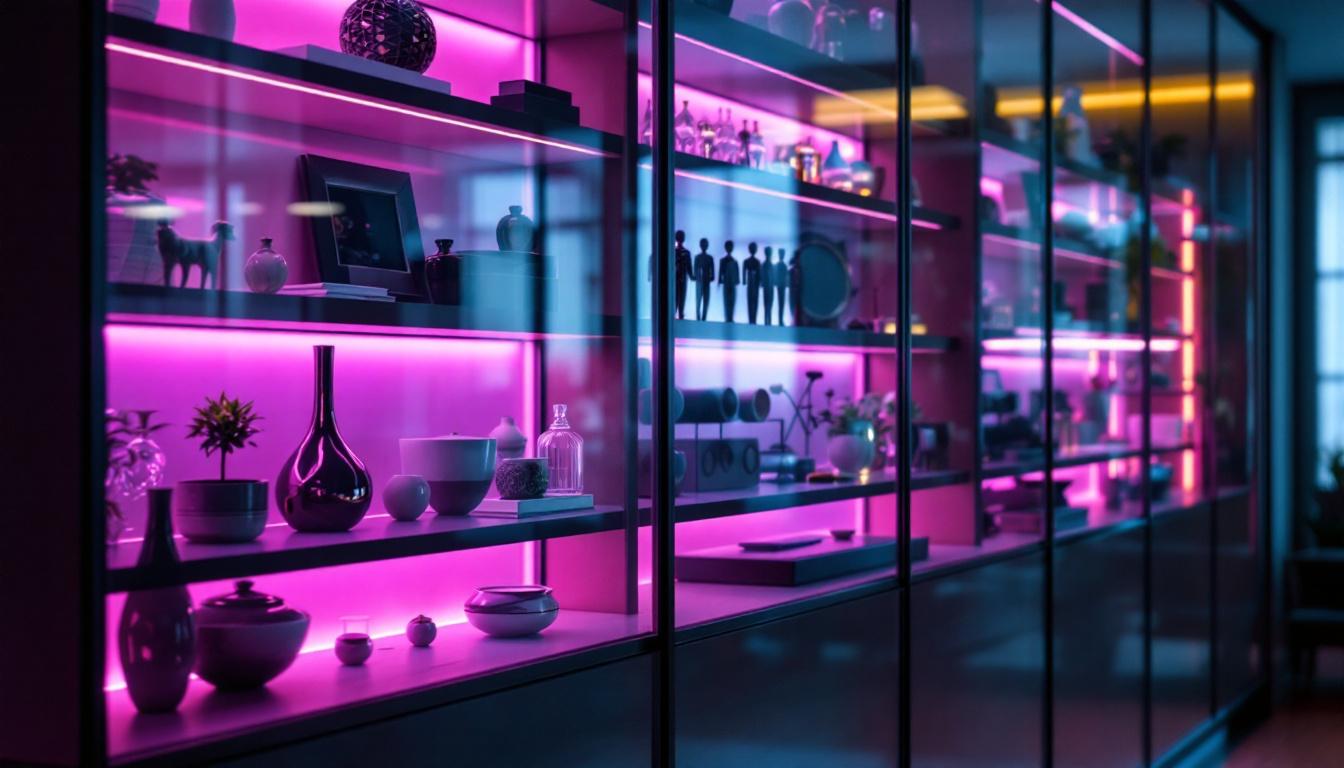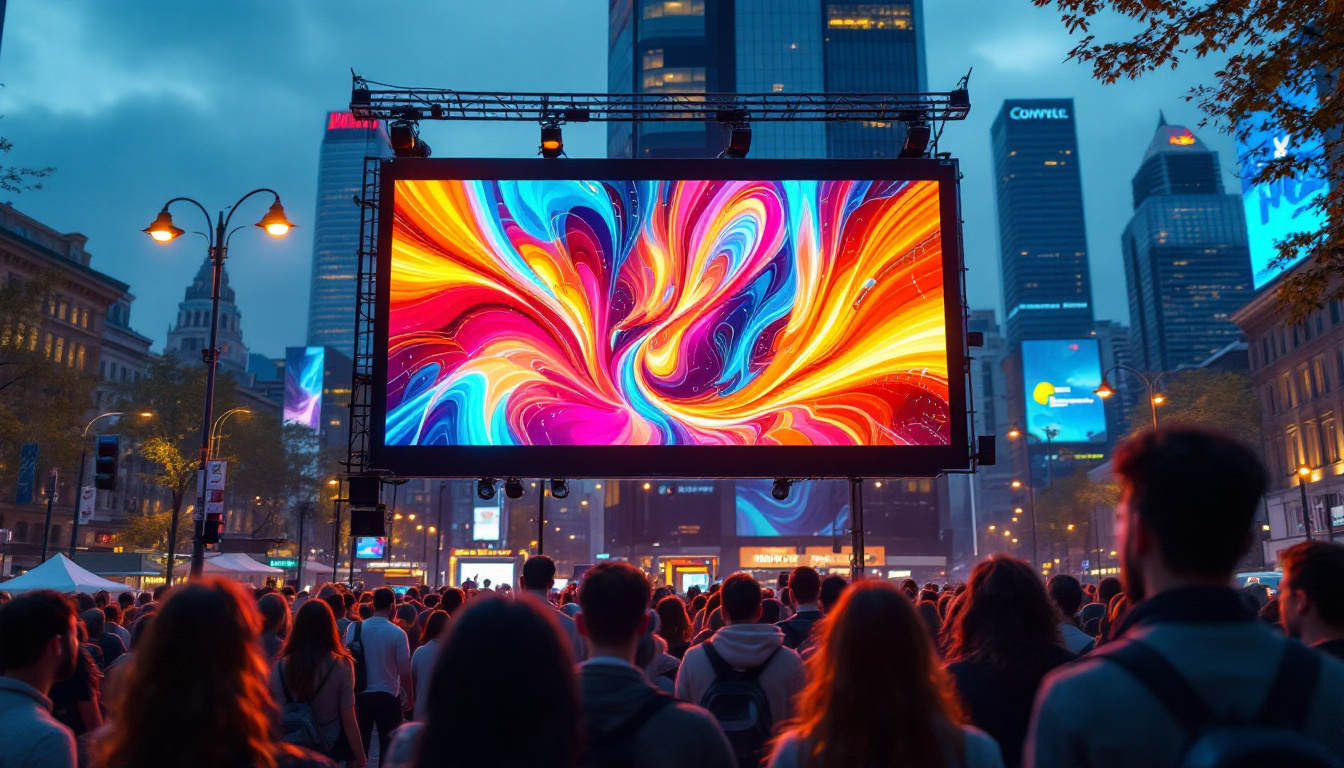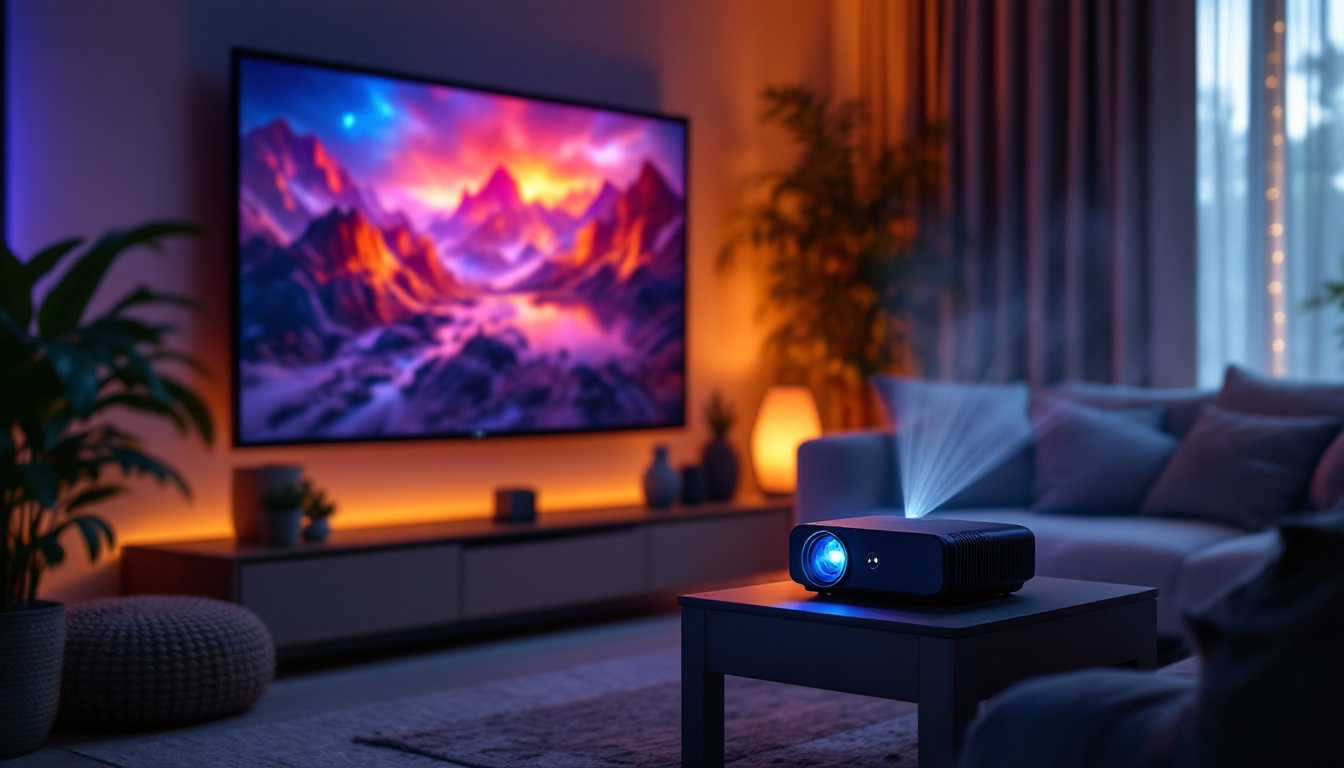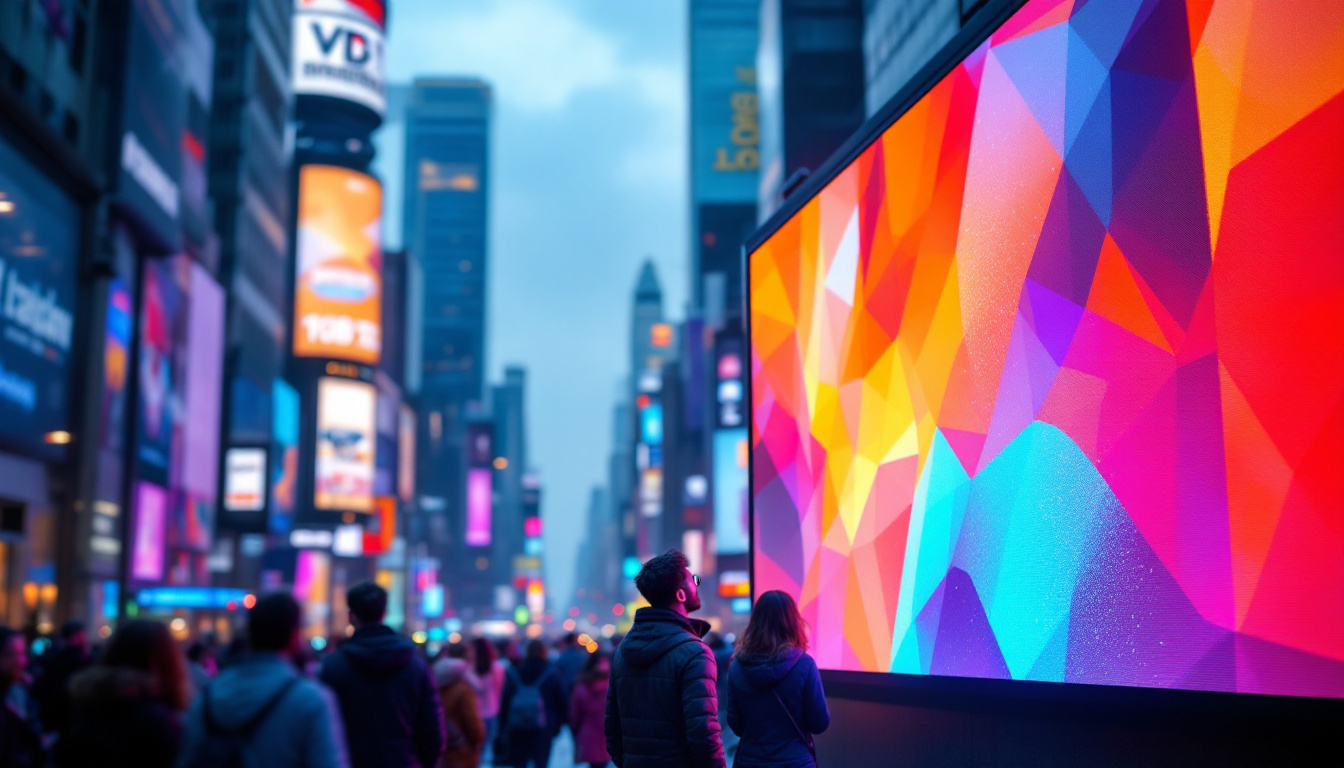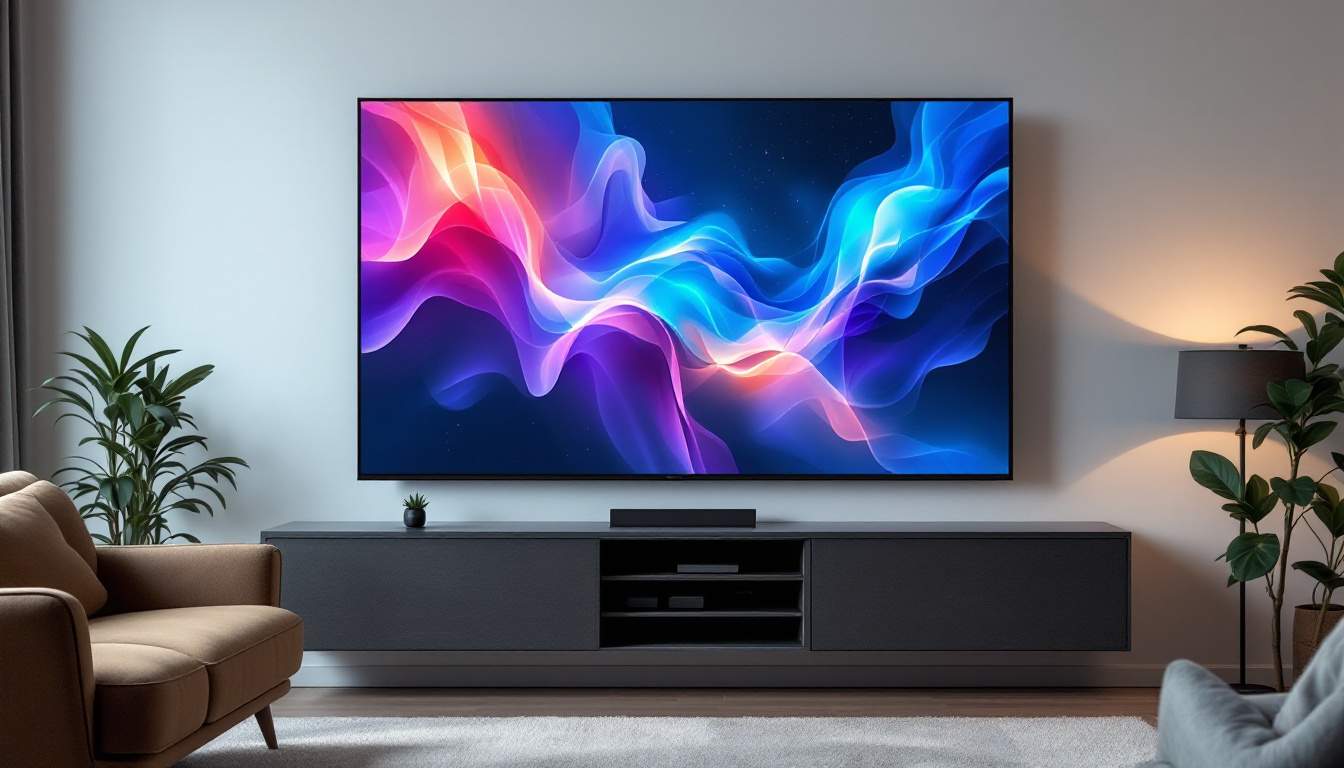In the modern world of technology, the importance of a good display cannot be overstated. As computers become more integral to daily life, understanding the components that enhance our viewing experience is crucial. One such component is the LED display, which has revolutionized the way we interact with digital content. This article delves into the intricacies of LED displays, their advantages, and how they can be best utilized in conjunction with computer display stands.
What is an LED Display?
LED stands for Light Emitting Diode, a technology that has transformed the landscape of visual displays. Unlike traditional LCDs that use fluorescent backlighting, LED displays utilize an array of tiny diodes that emit light when an electric current passes through them. This results in brighter images, better contrast, and more vibrant colors.
LED displays can be categorized into two main types: edge-lit and direct-lit. Edge-lit displays have LEDs positioned along the edges of the screen, while direct-lit displays have LEDs distributed across the entire back panel. Each type has its own set of advantages and applications, making the choice dependent on the specific needs of the user.
Advantages of LED Displays
LED displays offer numerous benefits that make them a popular choice for both personal and professional use. One of the most significant advantages is their energy efficiency. LED technology consumes less power compared to traditional displays, making it an environmentally friendly option.
Additionally, LED displays provide superior brightness and contrast levels. This means that images appear sharper and colors more vivid, enhancing the overall viewing experience. Furthermore, LED technology allows for thinner and lighter screens, which is particularly beneficial for portable devices and sleek desktop setups. The longevity of LED displays is another noteworthy advantage; they typically have a lifespan of over 50,000 hours, significantly reducing the need for frequent replacements and contributing to lower overall costs in the long run.
Applications of LED Displays
The versatility of LED displays has led to their widespread adoption across various fields. In the corporate sector, they are commonly used for presentations, video conferencing, and digital signage. Their ability to deliver clear and bright visuals makes them ideal for environments with high ambient light.
In the entertainment industry, LED displays are a staple in cinemas, theaters, and concert venues. They provide an immersive experience that captivates audiences, enhancing the overall enjoyment of films and live performances. Additionally, gaming enthusiasts benefit from LED displays due to their fast response times and high refresh rates, which are crucial for competitive gaming. Beyond these sectors, LED displays are also making waves in the realm of smart homes, where they serve as dynamic interfaces for controlling lighting, security systems, and even home entertainment setups. The integration of LED technology into everyday devices continues to evolve, promising exciting innovations in how we interact with visual media.
Choosing the Right LED Display for Your Needs
When selecting an LED display, several factors must be considered to ensure it meets specific requirements. The size, resolution, and intended use of the display are paramount in making an informed decision.
Size and Resolution
The size of the display is often dictated by the available space and the distance from which it will be viewed. Larger displays are ideal for presentations and group settings, while smaller screens may suffice for personal use. Resolution is equally important; higher resolutions provide clearer images and are essential for tasks that require precision, such as graphic design or video editing.
Common resolutions include Full HD (1920×1080), 4K (3840×2160), and even 8K in some high-end models. The choice of resolution should align with the intended use of the display, as well as the capabilities of the connected devices. For instance, a 4K display is particularly advantageous for streaming high-definition content or playing video games that support ultra-high-definition graphics, providing a more immersive experience. Additionally, consider the pixel density, which can affect how sharp the images appear, especially on smaller screens.
Refresh Rate and Response Time
Refresh rate refers to how many times per second the display updates the image, measured in hertz (Hz). A higher refresh rate results in smoother motion, which is particularly important for gaming and fast-paced video content. A refresh rate of 60Hz is standard, but displays with 120Hz or higher are increasingly popular among gamers.
Response time, on the other hand, measures how quickly a pixel can change from one color to another. Lower response times reduce motion blur and ghosting effects, enhancing the clarity of fast-moving images. For competitive gamers, a response time of 1ms to 5ms is often ideal. Furthermore, it’s worth noting that some displays come equipped with technologies like variable refresh rate (VRR) and adaptive sync, which help eliminate screen tearing and stuttering, providing an even smoother visual experience. These features can be particularly beneficial for those who engage in high-speed gaming or watch action-packed movies.
Connectivity Options
Another critical aspect to consider when choosing an LED display is the variety of connectivity options available. Modern displays typically come with multiple HDMI ports, DisplayPort, USB-C, and even legacy connections like VGA or DVI. The availability of these ports can greatly influence how many devices you can connect simultaneously, such as gaming consoles, computers, and streaming devices. Additionally, some displays offer built-in wireless connectivity, allowing for seamless screen mirroring and casting from compatible devices, which can enhance convenience and reduce cable clutter.
Moreover, consider the compatibility of the display with the latest standards, such as HDMI 2.1, which supports higher resolutions and refresh rates, making it future-proof for upcoming technology. For users who prioritize audio quality, having a display with integrated speakers or audio output options can also be beneficial, ensuring that you have a comprehensive multimedia experience without the need for additional equipment.
Integrating LED Displays with Computer Display Stands
Once the right LED display has been selected, the next step is to consider how it will be integrated with a computer display stand. The choice of stand can significantly impact the ergonomics and aesthetics of the workspace.
Types of Computer Display Stands
Computer display stands come in various forms, including fixed, adjustable, and mobile stands. Fixed stands are simple and cost-effective but lack flexibility. Adjustable stands allow users to change the height and angle of the display, promoting better posture and reducing strain during prolonged use.
Mobile stands, often equipped with wheels, are ideal for collaborative environments where displays need to be moved frequently. These stands can accommodate larger screens and often include features such as cable management systems to keep workspaces tidy.
Ergonomics and Workspace Optimization
Proper ergonomics is essential for maintaining comfort and productivity. The ideal height for a computer display is typically at or just below eye level, which helps reduce neck strain. Adjustable stands can help achieve this optimal positioning, allowing users to customize their setup according to their height and preferences.
In addition to height adjustments, the angle of the display should be considered. Tilting the screen slightly can reduce glare and improve visibility, particularly in brightly lit environments. A well-optimized workspace not only enhances comfort but also boosts efficiency and focus.
Maintenance and Care for LED Displays
To ensure longevity and optimal performance, regular maintenance and care of LED displays are essential. Proper cleaning and handling can prevent damage and maintain the quality of the visuals.
Cleaning Techniques
Cleaning an LED display should be done with care to avoid damaging the screen. It is advisable to use a microfiber cloth, as it is gentle and effective in removing dust and fingerprints without scratching the surface. For stubborn stains, a solution of distilled water and a small amount of vinegar can be used, but it is crucial to apply it to the cloth rather than directly onto the screen.
Additionally, users should avoid using harsh chemicals or abrasive materials, as these can lead to permanent damage. Regular cleaning not only improves the appearance of the display but also enhances its performance by ensuring that the light output is not obstructed by dirt or grime.
Handling and Storage
When handling LED displays, it is important to follow manufacturer guidelines to prevent physical damage. Always hold the display by the edges and avoid applying pressure to the screen. If the display needs to be transported, using the original packaging or a padded case can provide protection against bumps and drops.
For those who may need to store their LED displays, it is best to keep them in a dry, cool place away from direct sunlight. Prolonged exposure to heat or moisture can adversely affect the display’s components and lead to malfunctions.
Future Trends in LED Display Technology
The landscape of LED display technology is continuously evolving, with innovations that promise to enhance user experiences further. Emerging trends include advancements in resolution, flexibility, and integration with smart technologies.
MicroLED and OLED Technologies
MicroLED technology is gaining traction as a potential successor to traditional LED displays. MicroLEDs consist of tiny, self-emissive pixels that offer exceptional brightness, color accuracy, and contrast ratios. This technology promises to deliver even better performance in terms of energy efficiency and durability.
Similarly, OLED (Organic Light Emitting Diode) displays are known for their superior color reproduction and contrast levels. Unlike traditional LED displays, OLEDs do not require backlighting, allowing for thinner designs and deeper blacks. As these technologies develop, they are expected to make significant inroads into mainstream display markets.
Integration with Smart Technologies
As smart home technology continues to advance, the integration of LED displays with smart systems is becoming increasingly common. Displays that can connect to the internet and sync with other smart devices offer users enhanced functionality, such as streaming content, controlling home automation systems, and accessing real-time information.
This trend is likely to reshape how users interact with their displays, making them not just passive viewing devices but active participants in a connected ecosystem.
Conclusion
Understanding LED displays and their integration with computer display stands is essential for anyone looking to enhance their digital experience. With their numerous advantages, including energy efficiency, superior image quality, and versatility, LED displays have become a staple in both personal and professional environments.
As technology continues to evolve, staying informed about the latest trends and innovations will ensure that users can make the most of their displays. Whether for gaming, professional use, or casual viewing, the right LED display and stand can significantly impact productivity and enjoyment.
Investing time and effort into selecting the right display and optimizing the workspace can lead to a more comfortable and efficient digital experience. With the right knowledge and tools, users can navigate the world of LED displays with confidence, ensuring they are equipped for the future of technology.
Explore Cutting-Edge LED Display Solutions with LumenMatrix
Ready to elevate your digital experience with the latest in LED display technology? Look no further than LumenMatrix, a pioneer in crafting immersive visual solutions that bring your content to life. From vibrant Indoor LED Wall Displays to dynamic Outdoor LED Wall Displays, and from versatile Vehicle LED Displays to sleek LED Poster Displays, LumenMatrix offers a comprehensive range of products designed to meet your unique needs. Discover the power of LED Sports Displays, innovative Floor LED Displays, and the customization possibilities with Custom LED Displays. Embrace the future with All-in-One LED Displays and LED Transparent Displays that seamlessly integrate into any environment. Don’t miss the opportunity to transform your visual communication and captivate your audience. Check out LumenMatrix LED Display Solutions today and make a lasting impression with every display.

